Resources
About Us
Direct Air Capture Market by Technology (Solid Sorbents, Liquid Solvents, Membranes), Capture Method, End User (Oil & Gas, Power, Chemicals) & Region – Global Forecast to 2035
Report ID: MRCHM - 1041502 Pages: 275 May-2025 Formats*: PDF Category: Chemicals and Materials Delivery: 24 to 72 Hours Download Free Sample ReportReport Overview
This comprehensive market research report analyzes the rapidly evolving Direct Air Capture market, evaluating how carbon removal technologies and climate mitigation strategies are transforming the atmospheric CO2 capture industry across various applications and regions. The report provides a strategic analysis of market dynamics, growth projections till 2035, and competitive positioning across global and regional/country-level markets.
Key Market Drivers & Trends and Insights
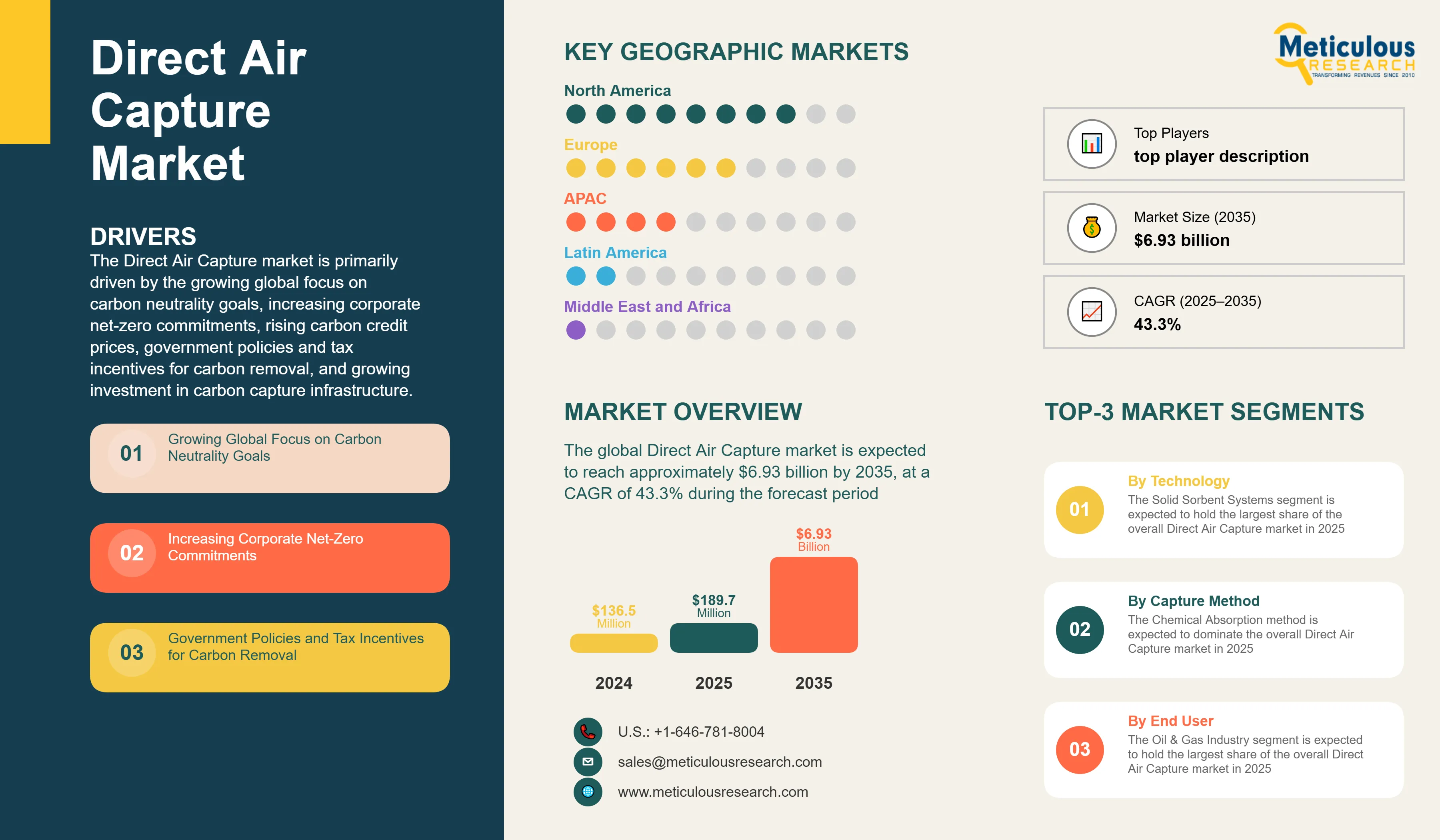
Click here to: Get Free Sample Pages of this Report
The Direct Air Capture market is primarily driven by the growing global focus on carbon neutrality goals, increasing corporate net-zero commitments, rising carbon credit prices, government policies and tax incentives for carbon removal, and growing investment in carbon capture infrastructure. The increasing strategic partnerships between technology providers and end users are accelerating innovation, while the integration of AI and IoT for process optimization is creating new operational efficiencies. Additionally, the development of modular and scalable DAC systems, growth in carbon removal credit markets, and carbon utilization in value-added products are further driving market growth, especially in North America and Europe regions.
Key Challenges
Despite significant growth potential, the overall Direct Air Capture market faces challenges including high capital and operational costs, technical challenges in scaling operations, energy intensity of the direct air capture process, and limited commercial-scale deployment. Infrastructure development constraints, particularly renewable energy integration for low-carbon operation, represent significant barriers to widespread adoption. The storage capacity and long-term monitoring requirements must be addressed. Additionally, maintaining cost competitiveness with other carbon reduction strategies and ensuring the availability of specialized sorbent materials present additional barriers, potentially slowing down market adoption in different regions across the globe.
Growth Opportunities
The Direct Air Capture market offers several high-growth opportunities. Carbon utilization in value-added products presents a significant opportunity to create economic value from captured CO2. The integration with renewable energy sources can solve energy intensity concerns in DAC operations. Carbon storage in geological formations provides permanent CO2 sequestration capabilities, while advancements in sorbent technologies improve efficiency and reduce operational costs. Additionally, the emergence of carbon removal credit markets and specialized applications in industrial decarbonization presents untapped market potential, as organizations increasingly seek innovative solutions to meet net-zero commitments.
Market Segmentation Highlights
By Technology
The Solid Sorbent Systems segment is expected to hold the largest share of the overall Direct Air Capture market in 2025, due to their lower energy requirements, operational simplicity, and proven scalability in commercial applications. Liquid Solvent Systems represent the second-largest segment as they offer higher CO2 capture rates and established industrial process integration. However, Membrane-Based Systems are projected to grow at the fastest CAGR through 2035 as this technology offers continuous operation capabilities and lower energy consumption, making them increasingly attractive for large-scale DAC deployment.
By Capture Method
The Chemical Absorption method is expected to dominate the overall Direct Air Capture market in 2025, driven by its high CO2 selectivity and mature technology readiness for commercial deployment. However, Membrane Separation is expected to grow at the fastest CAGR during the forecast period as this technology offers selective CO2 permeation with minimal chemical inputs and reduced operational complexity. Cryogenic Separation maintains a specialized share in applications requiring ultra-pure CO2 streams.
By End User
The Oil & Gas Industry segment is expected to hold the largest share of the overall Direct Air Capture market in 2025, driven by enhanced oil recovery applications and corporate commitments to carbon neutrality. However, the Chemical Industry is projected to grow at the highest CAGR during the forecast period as chemical manufacturers increasingly integrate captured CO2 as feedstock for sustainable chemical production. Transportation also shows strong growth potential as the sector seeks carbon removal solutions to offset hard-to-abate emissions.
By Geography
North America is expected to hold the largest share of the global Direct Air Capture market in 2025, followed by Europe. Supportive policy frameworks, including tax credits, substantial government funding for carbon removal projects, and strong industrial commitment to net-zero targets, drive this leadership position. The United States represents the largest market in North America, while Switzerland leads in Europe due to pioneering commercial DAC facilities and a favorable regulatory environment. However, the Asia-Pacific region, particularly China, Japan, and Australia, is projected to witness the highest CAGR during the forecast period 2025-2035, driven by increasing climate commitments, growing industrial decarbonization needs, and significant investments in carbon capture infrastructure. The Middle East region shows promising growth potential as countries like the UAE and Saudi Arabia leverage their energy resources and industrial capabilities to develop large-scale DAC projects.
Competitive Landscape
The global Direct Air Capture market features a diverse competitive landscape with established engineering firms competing alongside specialized carbon capture companies and renewable energy developers.
The competitive landscape is categorized into technology innovators focusing on breakthrough DAC solutions and industrial integrators developing scalable commercial systems, with each group employing distinctive strategies to maintain competitive advantage. Leading providers are focusing on integrated solutions that combine renewable energy generation with DAC facilities and developing specialized carbon utilization applications while navigating evolving regulatory frameworks.
The key players operating in the global Direct Air Capture market are Carbon Engineering Ltd., Climeworks AG, Global Thermostat LLC, Heirloom Carbon Technologies, Inc., Carbfix ehf., Svante Inc., Storegga Geotechnologies Limited (Pale Blue Dot Energy Limited), Sustaera Inc., Prometheus Fuels, Carbon Collect Limited, Carbyon, Soletair Power, Noya Inc., Mission Zero Technologies Limited, and Verdox, Inc., among others.
|
Particulars |
Details |
|
Number of Pages |
275 |
|
Format |
PDF & Excel |
|
Forecast Period |
2025–2035 |
|
Base Year |
2024 |
|
CAGR (Value) |
42.1% |
|
Market Size (Value)in 2025 |
$165.7 million |
|
Market Size (Value) in 2035 |
$8.9 billion |
|
Segments Covered |
By Technology
By Capture Method
By End User
|
|
Countries Covered |
North America
Europe
Asia-Pacific
Latin America
Middle East & Africa
|
|
Key Companies |
Carbon Engineering Ltd., Climeworks AG, Global Thermostat LLC, Heirloom Carbon Technologies, Inc., Carbfix ehf., Svante Inc., Storegga Geotechnologies Limited (Pale Blue Dot Energy Limited), Sustaera Inc., Prometheus Fuels, Carbon Collect Limited, Carbyon, Soletair Power, Noya Inc., Mission Zero Technologies Limited, and Verdox, Inc., among others. |
The global Direct Air Capture market was valued at $136.5 million in 2024. This market is expected to reach approximately $6.93 billion by 2035, growing from an estimated $189.7 million in 2025, at a CAGR of 43.3% during the forecast period of 2025–2035.
The global Direct Air Capture market is expected to grow at a CAGR of 43.3% during the forecast period of 2025–2035.
The global Direct Air Capture market is expected to reach approximately $6.93 billion by 2035, growing from an estimated $189.7 million in 2025, at a CAGR of 43.3% during the forecast period of 2025–2035.
The key companies operating in this market include Carbon Engineering Ltd., Climeworks AG, Global Thermostat LLC, Heirloom Carbon Technologies, Inc., Carbfix ehf., Svante Inc., Storegga Geotechnologies Limited (Pale Blue Dot Energy Limited), Sustaera Inc., Prometheus Fuels, Carbon Collect Limited, Carbyon, Soletair Power, Noya Inc., Mission Zero Technologies Limited, and Verdox, Inc., among others.
Major trends shaping the market include strategic partnerships between technology providers and end users, integration of AI and IoT for process optimization, development of modular and scalable DAC systems, and growth in carbon removal credit markets.
• In 2025, the Solid Sorbent Systems segment is expected to dominate the overall Direct Air Capture market by technology type.
• Based on capture method, Chemical Absorption is expected to hold the largest share of the overall Direct Air Capture market in 2025.
• Based on end user, the Oil & Gas Industry segment is expected to hold the largest share of the global Direct Air Capture market in 2025.
• Power Generation is expected to be the second-largest end-user segment in 2025.
• Membrane-Based Systems are projected to grow at the highest CAGR in the technology segment through 2035.
• Membrane Separation is expected to grow at the highest CAGR during the forecast period among capture methods.
• Chemical Industry applications are projected to grow at the highest CAGR during the forecast period.
North America is expected to hold the largest share of the global Direct Air Capture market in 2025, followed by Europe. This is driven by supportive policy frameworks including tax credits, substantial government funding for carbon removal projects, and strong industrial commitment to net-zero targets. However, the Asia-Pacific region is projected to grow at the highest CAGR of 47.7% during the forecast period.
The growth of this market is driven by growing global focus on carbon neutrality goals, increasing corporate net-zero commitments, rising carbon credit prices, government policies and tax incentives for carbon removal, and growing investment in carbon capture infrastructure.
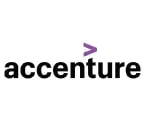

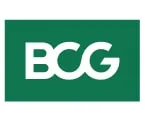
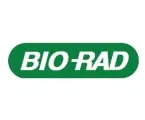
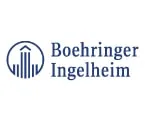
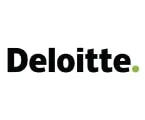
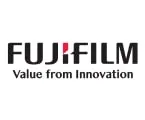

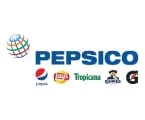
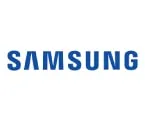


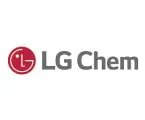
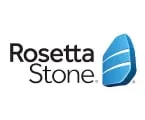
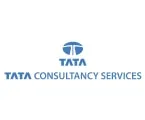
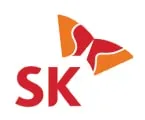
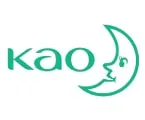
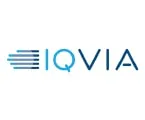
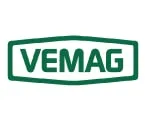
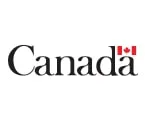
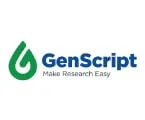
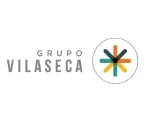
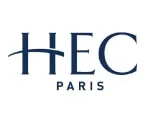
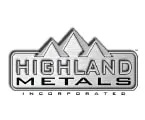
Published Date: Dec-2025
Published Date: Oct-2025
Published Date: Sep-2025
Published Date: Aug-2025
Published Date: May-2025
Please enter your corporate email id here to view sample report.
Subscribe to get the latest industry updates